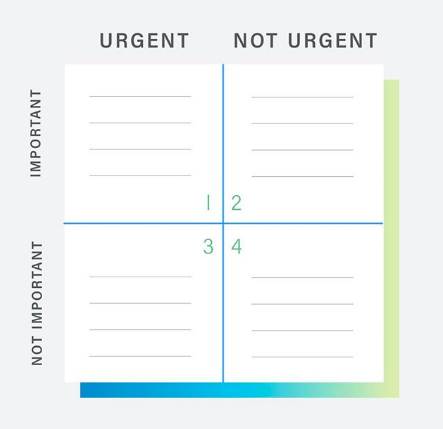“What is important is seldom urgent and what is urgent is seldom important.” -Dwight Eisenhower
Dwight Eisenhower lived one of the most productive lives one can imagine.
From being a five star general in the US Army to becoming President of the United States, his life was anything but normal.
Along the way, he served as President of Columbia University, became the first Supreme Commander of NATO, and managed to find time to pursue hobbies such as oil painting.
Eisenhower had an incredible ability to sustain his productivity not just for weeks or months, but for decades. And for that reason, it is no surprise that his methods for time management, task management, and productivity have been studied by millions of people over the years.
His most famous productivity strategy is known as the Eisenhower Matrix, and it’s a simple decision-making tool that you can use today.
The Eisenhower Matrix
Eisenhower’s strategy for taking action and organizing tasks is simple. Using the matrix below, you will separate your actions based on four possibilities.
- Urgent and important (tasks you will do immediately).
- Important, but not urgent (tasks you will schedule to do later).
- Urgent, but not important (tasks you will delegate to someone else).
- Neither urgent nor important (tasks that you will eliminate).
The great thing about this matrix is that it can be used for broad productivity plans (“How should I spend my time each week?”) and for smaller, daily plans (“What should I do today?”).

Urgent tasks are things that you feel like you need to react to: emails, phone calls and text messages.
Separating these differences is simple enough to do once, but doing so continually can be tough. And like anything in life, consistency is the hard part.
Too often, we use productivity, time management, and optimization as an excuse to avoid the really difficult question: “Do I actually need to be doing this?” It is much easier to remain busy and tell yourself that you just need to be a little more efficient or to “work a little later tonight” than to endure the pain of eliminating a task that you are comfortable with doing, but that isn’t the highest and best use of your time.
The Eisenhower Matrix can be a useful decision-making tool for increasing productivity and eliminating the behaviors that take up mental energy, waste time, and keep us from moving towards our goals.